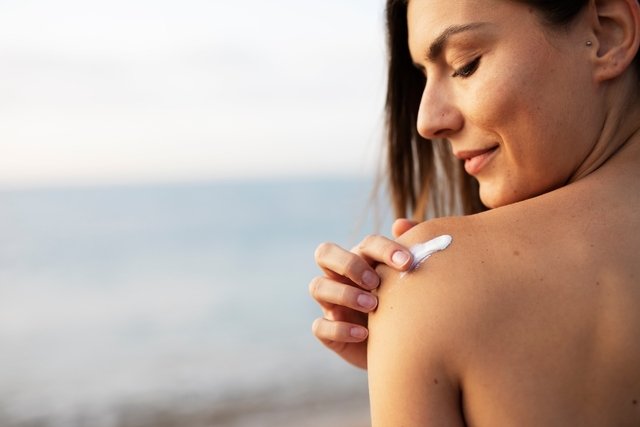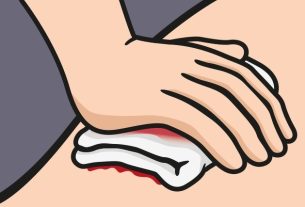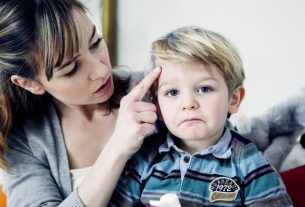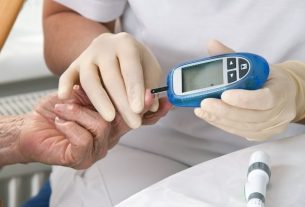Some ointments and lotions with calamine, aloe vera or thermal water can be used at home to apply sunburn that has not formed blisters, allowing pain, redness and irritation to be relieved more quickly.
However, before applying any product to your skin, it is very important to take a shower with cold water or apply cold compresses to the affected area, to completely cool the layers of skin and prevent the skin from continuing to burn. See some ways to relieve sunburn.
Additionally, it is important to increase your water intake, avoid sun exposure and wear loose clothing to alleviate discomfort. It is also advised not to pop any blisters that may appear and not to remove the skin as it may begin to come off. In these cases, you should always consult a dermatologist before applying any type of product.

Some options for creams, ointments or sprays that you can apply to your skin in case of sunburn are:
1. Calamine
Calamine is a substance made up of zinc oxide and other components, which act to relieve itching caused by sunburn, due to its astringent and skin-protective properties.
Generally, calamine creams, lotions or sprays also contain other substances such as diphenhydramine or camphor, which have an anti-allergic and analgesic effect, further helping to reduce the burning and irritation of burned skin.
These creams or lotions can be found under the trade names Caladryl, Calamyn or Solardril, for example, and should not be used by children under 2 years of age, or on burned skin that has blisters or sores, and in areas near the skin. eyes and nostrils.
2. Dexpantenol
Dexpanthenol can be found in the form of an ointment or liquid and helps to regenerate skin cells by having a moisturizing, protective and nourishing action, and can be used on sunburns that do not form blisters.
This type of ointment or liquid can be found under the trade names Bepantol, Bepantol baby and Bepantol derma or with the similar name Probentol derma, and can be applied to the burn 1 to 3 times a day, or according to medical advice.
3. Water paste
Water paste is an ointment that contains zinc oxide in its composition, which helps in the healing process of sunburn, in addition to calming, hydrating, repairing and protecting the skin.
To use the water paste, apply a thin layer to the affected area, massaging gently, 2 to 3 times a day or as directed by your doctor.
4. Aloe vera
Lotions with Aloe vera help moisturize sunburn, as well as helping to regenerate the skin and soften the effects caused by sun exposure.
This type of lotion can be found under the commercial names Sundown after-sun gel, Helioderm suncare, Sunless after-sun or Calamed after-sun, for example, and should be applied to the skin all over the body, especially in burn areas, after shower, drying the skin well before application. See also how to use aloe vera gel for sunburn.
5. Thermal water
Thermal water in the form of a spray helps to relieve redness, irritation and discomfort caused by sunburn, as it has anti-inflammatory, calming and softening effects on the skin.
To apply thermal water, you must use the spray at a distance of approximately 30 cm from the skin and wait for it to be completely absorbed naturally before covering it with clothing, for example. When using on the face, it is important to keep your eyes closed when applying.
Care to speed up healing
To speed up the healing of burned skin, it is important to take other precautions in addition to applying creams or other products to the skin. One of the most important precautions is to avoid sun exposure, especially during the hottest hours of the day. In addition, you should wear sunscreen daily and also wear a hat and sunglasses.
After complete recovery, every precaution must be taken to avoid further sunburn, as UV radiation can cause damage to the skin and increase the risk of developing skin cancer. Check out the main tips for taking care of your skin in the summer and avoiding burns.
When to go to the doctor
It is recommended to go to the emergency room if the burn has blisters, if it is possible to observe destruction of several layers of the skin or if symptoms such as fever, chills, headache or mental confusion appear, as these are signs that may indicate heatstroke , which is a more serious condition than a burn and requires medical treatment. Understand better what heatstroke is and how it is treated.
Bibliography
- OSMAN, MAH; et al. A revisit to the effects of zinc salt on skin burn wound healing to reflect the risks in current pharmaceutical care. J Dermatolog Treat. 31. 6; 651-654, 2020
- LAND, V.; SMALL, L. The evidence on how to best treat sunburn in children: a common treatment dilemma. Pediatr Nurs . 34. 4; 343-8, 2008
- NHS – NATIONAL HEALTH SEVICE. Sunburn. Available at: <https://www.nhs.uk/conditions/sunburn/>. Accessed on November 15, 2021
- GUERRA, KC; ET AL. IN: STATPEARLS. TREASURE ISLAND (FL): STATPEARLS PUBLISHING. Sunburn. 2021. Available at: <https://www.ncbi.nlm.nih.gov/books/NBK534837/>. Accessed on November 15, 2021
- HAN, Amy; MAIBACH, Howard I. Management of acute sunburn. Am J Clin Dermatol . 5. 1; 39-47, 2004
- DENNIS, L.K.; et al. Sunburns and risk of cutaneous melanoma, does age matter: a comprehensive meta-analysis. Ann Epidemiol. 18. 8; 614-627, 2010
- HEALTHLINK BC CA. Home Treatment for Second-Degree Burns. Available at: <https://www.healthlinkbc.ca/health-topics/sig256965>. Accessed on November 15, 2021

Sign up for our newsletter and stay up to date with exclusive news
that can transform your routine!
Warning: Undefined array key "title" in /home/storelat/public_html/wp-content/plugins/link-whisper-premium/templates/frontend/related-posts.php on line 12
Warning: Undefined array key "title_tag" in /home/storelat/public_html/wp-content/plugins/link-whisper-premium/templates/frontend/related-posts.php on line 13



